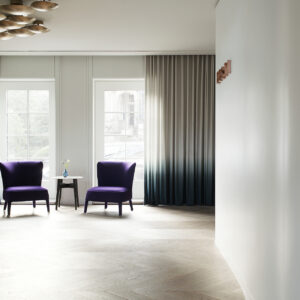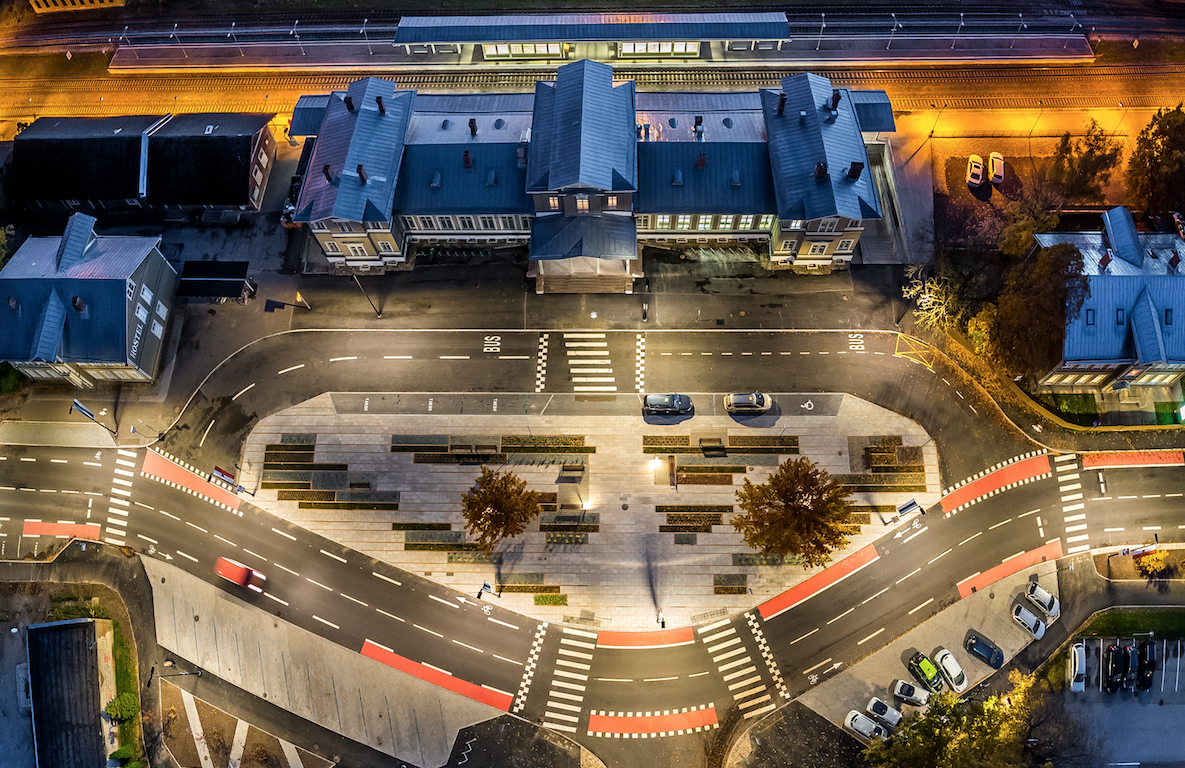Tõnis Arjus: Planning Stands for Making Choices
Interviewed by Triin Ojari
I remember saying at my job interview that we as public officials have the possibility to deal with the public space – it is perhaps possible to curate the housing construction to some extent, but the public space can be directed by us. The response to that was that I should not worry about that, the streets and squares are the responsibility of the Department of Communal Services! My main work in the past seven years has been to increase the role of various departments in spatial design and this has been successful. One tangible vision document is the comprehensive plan of the city centre that was initiated when I started in the position and approved in 2016, the given process was highly wide-ranging and fierce. We were led to the instigation by the perception that the city centre was in danger – well-known tendencies such as suburbanisation and the transfer of services to the shopping centre Lõunakeskus or a similar one. The battle has not ended to this day, however, in our vision the city centre should be densified, the former scars of war partially reconstructed, as many various services as possible brought to the centre and also new jobs and housing established here. It was important to consider the architectural form in which we intend to densify the city and thus, for instance, we set a 6-storey height restriction in the centre that may be added particular accents in case it has been convincingly solved in the architecture competition entry. It naturally required a lot of explanation and without the help of the people at the city government at the time, we would never have completed it. The other important issue was architecture competitions. We managed to make the conditions clearer and with each year there has been less and less need to explain the necessity for competitions. The fact that developers now come to us with the idea to organise a competition shows that if the previous property boom was built on speed, then in the current boom, quality has come to play an important role.

















































































































































































































